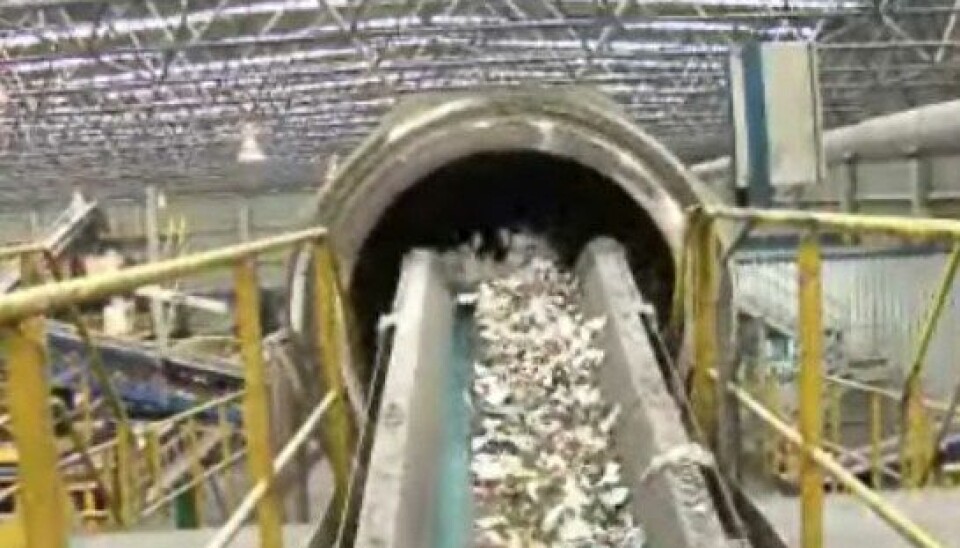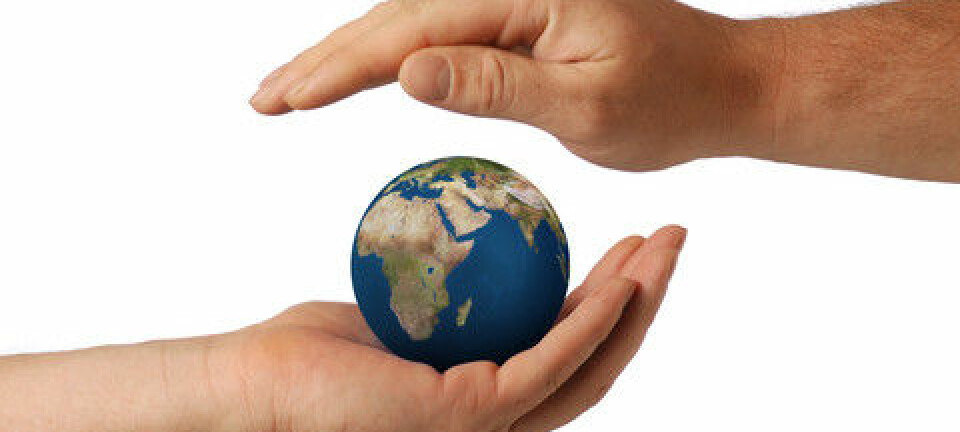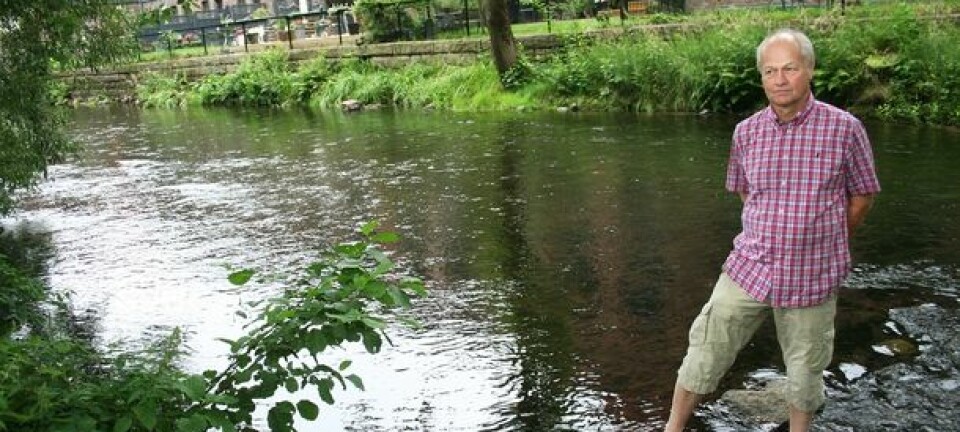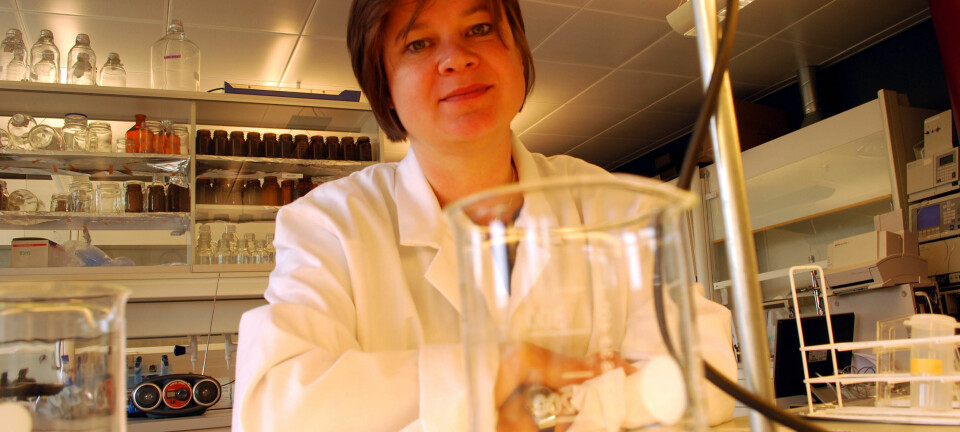
Machines are better than people at sorting household trash
Novel technology makes it unnecessary to sort trash at home for recycling. But Norwegian authorities want us to keep doing it anyway.
Denne artikkelen er over ti år gammel og kan inneholde utdatert informasjon.
Few countries sort their trash for recycling more than Norway does.
Depending on the systems of their municipalities, Norwegians split their household trash into various categories and in theory throw their waste into the right bags and bins.
The discards of modern Norwegian households can be sorted into as many as ten categories: paper, food scraps, plastics, sundry remainders, clothing, electronics, batteries, glass and metal, hazardous waste and empty beverage bottles with deposits.
The municipality of Follo, on the southeastern outskirts of Oslo, has invested in new automatic sorting technology that spares residents from putting food scraps and plastics in separate bags.
Residents of the capital are given green plastic bags for food scraps and blue ones for plastics.
“We will be extracting three times as much plastic as we have been. When it comes to food scraps, tests show that we can take out 30 percent more than when households sort it themselves for recycling,” says Project Manager Astri Thomassen Ekroll of Follo Ren IKS.
“We’re convinced that our solution makes it easier to be environmentally friendly, because it enables you to focus on the trash that is really a threat to nature,” says Ekroll.
Can replace all sorting in the home
New trash sorting machines have been improved to the point where they do the job better than we can on our own.
Robotic sorting machines use spectrography and infrared light to analyse materials in a product. Items on a speedy conveyor belt are identified in a split second and sorted into various divisions.
“We can avoid individually having to sort trash in a bunch of categories and thus reduce the number of collections and corresponding transport trips. This is already being done in some countries,” says Tom Eng at Tomra Sorting.
Tomra, which started out with reverse vending machines for automated collection of used beverage containers, is the company behind the sorting technology. It was developed with backing from the Research Council of Norway.
In principle the machines can differentiate between everything except dark or black bits of trash that absorb light.
But Eng says the elimination of household responsibilities for sorting can have its problems, for instance in connection with hazardous waste.
A bad start
Director Håkon Jentoft of the company Avfall Norge says early attempts taught the trash collection industry to be sceptical about central sorting and recycling facilities.
In the 1980s a number of these facilities were established in Norway but the market for recycled waste hadn’t matured yet and the sorting machines weren’t good enough. These facilities went bottoms up three decades ago. This is why the trade has spent many years teaching and motivating the public to sort their garbage for recycling.
“At the same time we want to develop new technology to extract even more of the resources in waste. What we’re doing now in Follo is a great leap. If successful, it will open up a host of new opportunities,” says Jentoft.
Then is it worthwhile to continue sorting at home just to create public awareness?
“In my opionon, yes. I think that knowing what you are throwing away creates a platform for shopping and buying products that are environmentally friendly. So we establish basic values that are vital for the future,” says Jentoft.
The Ministry of the Environment also advocates continuing to make private households take responsibility:
“It’s really beneficial for individuals to sort their trash at home so it can be recycled. This enables them to contribute to a better environmental utilisation of the resources in the trash,” says Political Advisor Audun Garberg at the Ministry of the Environment.
-----------------------
Read the Norwegian version of this article at forskning.no
Translated by: Glenn Ostling

































